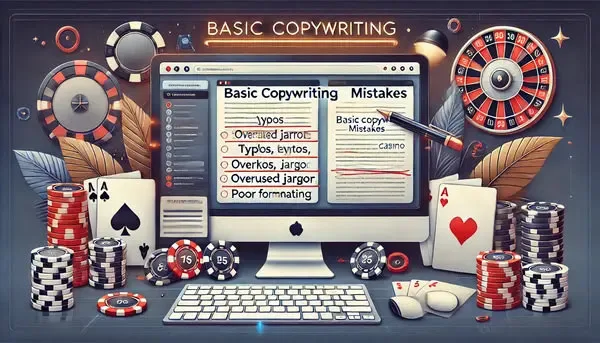
What is LSI copywriting
LSI copywriting has already caught up with SEO copywriting in terms of prevalence, is successfully competing with it, and may even be winning the rivalry soon.
LSI is latent semantic indexing based on latent semantic analysis (LSA). The essence of this technique is to automatically index text and check the semantic structure for logical relationships. The LSA algorithms that have been at the core of search engines since 2011 process user queries in such a way that they do not only find content that matches the query, but also content that is actually useful.
Let’s say a user enters the query “buy a laptop in London cheap”. About 15 years ago, a search engine at least in the top ten gave out SEO-optimized text, “stuffed” with keywords and phrases, but totally meaningless and totally useless for humans.
Since 2011, search engine algorithms analyze texts for much more “fine-grained” criteria, primarily taking into account the semantic core, which forms the basis of results for search queries. During the analysis and selection process, they filter out the unreadable texts, which were included in the top ten because of their “keywords” on the verge of being overspammed.
The semantic core includes words from the same synonymic series as the word in the query, hyperonyms, associations and other words related to the desired word in the text.
Therefore, copywriters are now trying to write texts that would come top in search results, and would make sense, and would not be an incoherent set of words.

The cardinal difference between LSI-copywriting and SEO-copywriting is that in LSI-copywriting texts are written on the basis of a semantic core, which is certainly taken into account, but not to the detriment of the readability and meaning of the text.
When writing LSI-copywriting texts, the copywriter first of all prepares a semantic kernel, which includes words and phrases most frequently occurring in search queries on the subject of the article. And then, using them, “constructs” the text, without forgetting about the content and readability. The main tool used in compiling the semantic core is the author’s own erudition, which can be used to form a specific list of words and phrases related to a product or a service.
Search engine functionality, particularly Google AdWords, is used as well as special software such as
- Pixel Tools;
- Ahrefs;
- Serpstat;
- LSI Keyword Generator;
- Ultimate Keyword Hunter.
These programmes will help you to find the most common words on the web that match your search query more quickly and accurately.
Now many experts consider LSI-copywriting as the most effective way to promote online resources in search engines, which algorithms are evolving, so that even recently very effective SEO-methods are now almost archaic.




